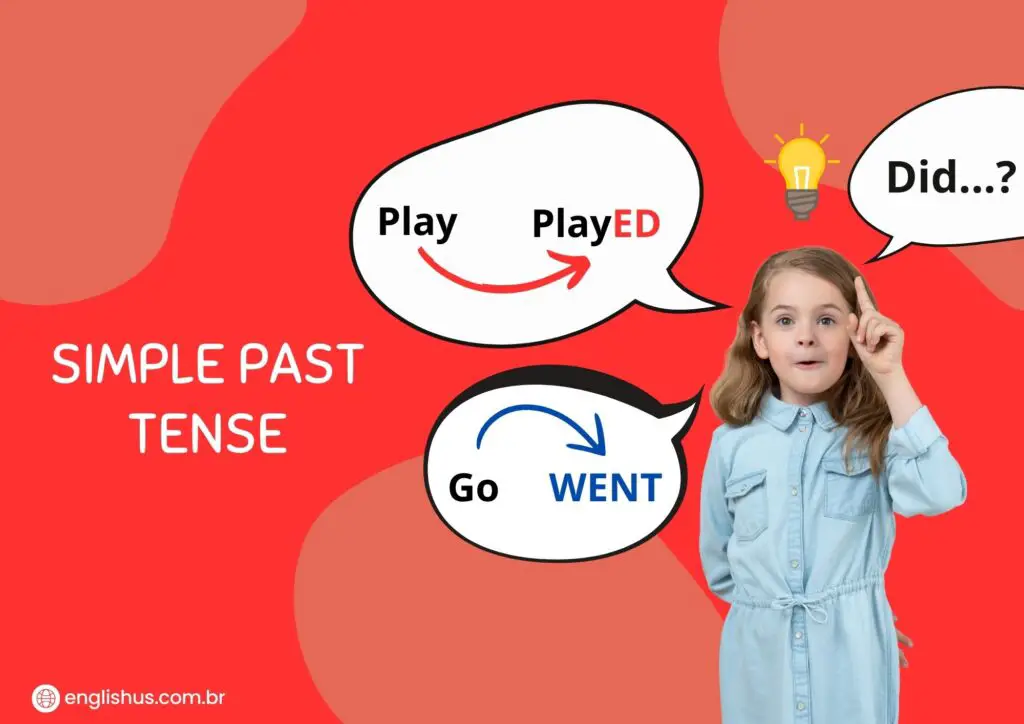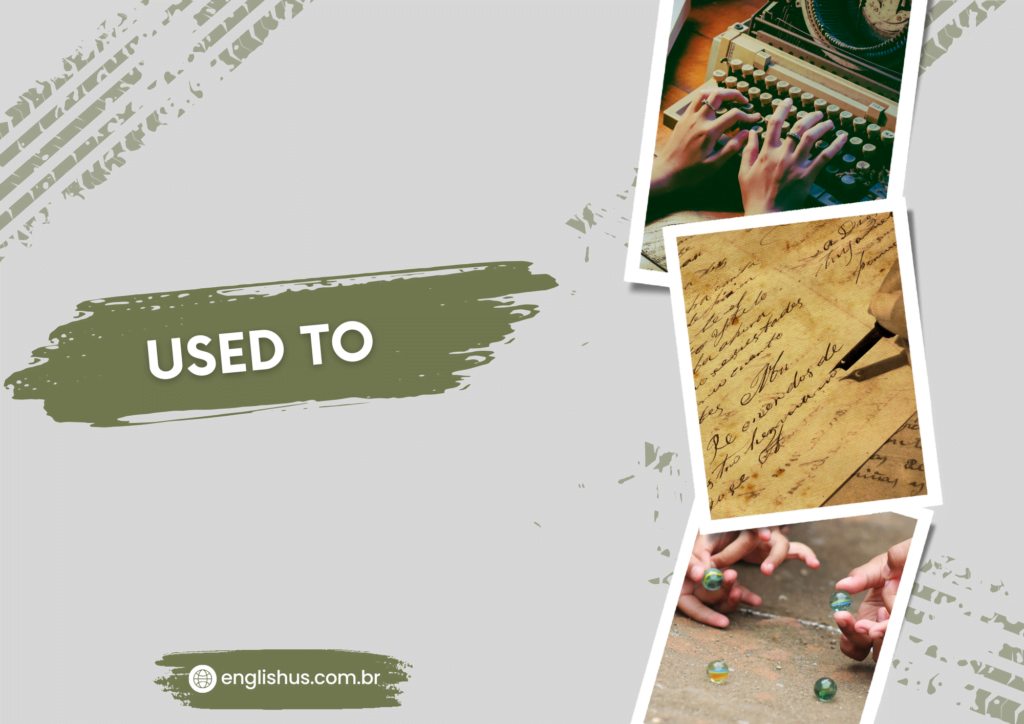Hey there, EnglishUs enthusiasts! Today, we’re delving into the wonderful world of relative clauses with “who.” These handy little clauses add depth and detail to our sentences, allowing us to provide essential information about people in a concise and structured way. If you’re ready to unlock the power of “who,” join me on this enlightening journey!
What Are Relative Clauses?
Relative clauses are dependent clauses that provide additional information about a noun in the main clause. They are introduced by relative pronouns such as “who,” “which,” or “that.” In this article, we’ll focus specifically on relative clauses with “who,” which are used to provide information about people.
Structure of Relative Clauses
Relative clauses with “who” follow a specific structure:
- Subject: The person or people being described.
- Verb: The action or state associated with the person.
- Relative Pronoun: “Who” connects the relative clause to the main clause.
- Main Clause: The main part of the sentence that provides context.
Examples:
- The woman who lives next door is a doctor.
- Sarah, who is my best friend, is coming to the party.
- He hired a lawyer who specializes in immigration cases.
How to Use Relative Clauses
Relative clauses with “who” are used to provide essential information about a person or people in a sentence. They can describe the person’s identity, characteristics, actions, or relationships.
- Describing Identity:
- The boy who won the race received a trophy.
- I met a man who speaks five languages fluently.
- Describing Characteristics:
- She’s the teacher who always encourages her students.
- They hired a chef who is known for his culinary skills.
- Describing Actions:
- He’s the artist who painted that masterpiece.
- Do you know the woman who sings in the choir?
- Describing Relationships:
- She’s the girl who is dating my brother.
- They invited the couple who just moved into the neighborhood.
Tips for Mastering Relative Clauses with “Who”
- Identify the Subject: Determine the person or people being described in the relative clause.
- Choose the Correct Verb: Ensure that the verb in the relative clause agrees with the subject.
- Practice Writing: Create your own sentences using relative clauses with “who” to reinforce your understanding.
Relative clauses are powerful tools for adding detail and clarity to your sentences when describing people. By mastering their usage, you’ll be able to communicate more effectively and express yourself with confidence. So, keep practicing, stay curious, and remember that every sentence you construct is an opportunity to improve your English skills.
For those eager to enhance their English skills and embark on a journey of personal growth, I recommend the ebook “Personal Development Through English Language.” This invaluable resource combines language learning with insightful personal development tips. For more information, click HERE!
Happy learning, and may your English journey be filled with discovery and success!


This looks professional.